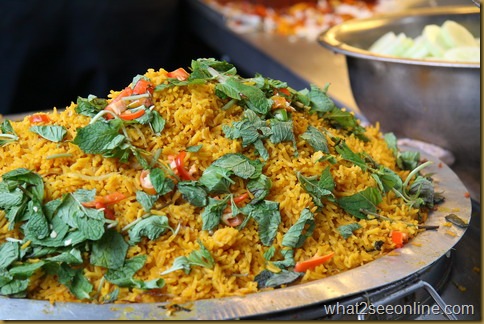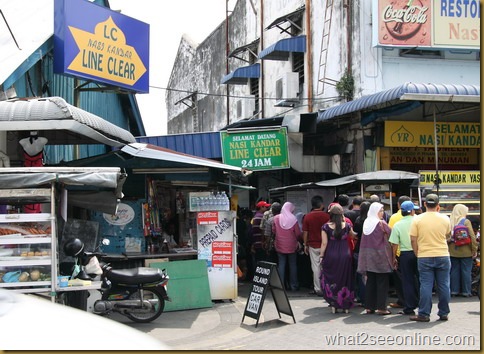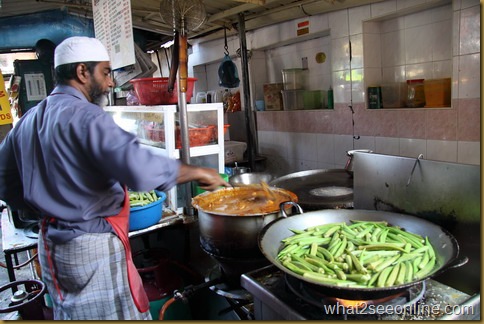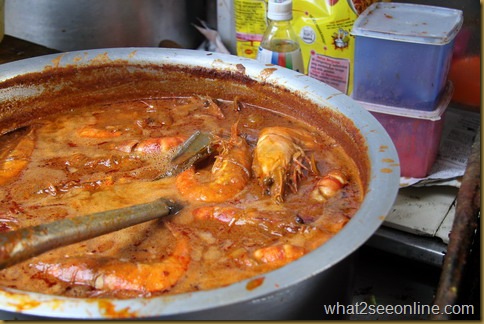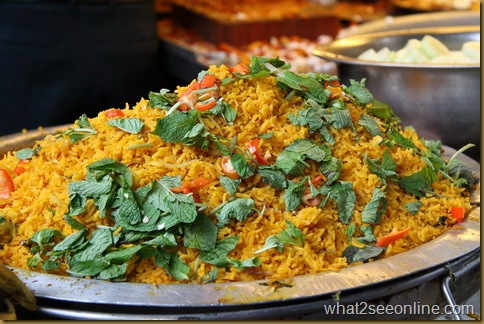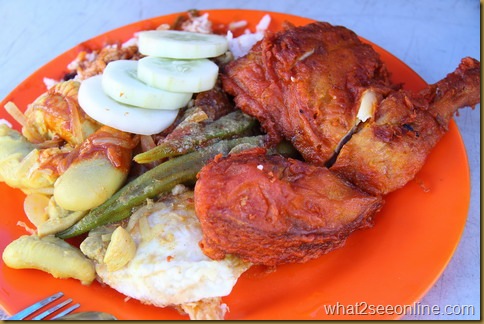BUJANG VALLEY
 West of the town of Sungai Petani, Bujang Valley was the scene of a thriving Hindu-Buddhist civilization dating to the 5th century AD. This kingdom traded with India, Siam and Cambodia and was visited by the Chinese monk I-Tsing in 671 AD.
West of the town of Sungai Petani, Bujang Valley was the scene of a thriving Hindu-Buddhist civilization dating to the 5th century AD. This kingdom traded with India, Siam and Cambodia and was visited by the Chinese monk I-Tsing in 671 AD.
It became part of the Sriwijaya Empire of Sumatra in the 7th century AD and reached an architectural peak by the 10th century AD.
Over 50 archeological sites containing the ruins of Hindu and Buddhist temples have been found. The temple ruins stretch all the way from Gunung Jerai to Kuala Muda in the south. The ruins were first excavated by British archeologist Quatrich-Wales in 1936.
Beside the Bujang River 2km north of the village of Merbok is the Lembah Bujang Archaeological Museum which displays some pottery shards, ceramics and stone carvings. Indian tridents and gemstones from the Middle East are also displayed.
BALAI BESAR
 Located near the main padang, or town square, the Balai Besar was built in 1898 and is still used for royal ceremonies and some state functions.
Located near the main padang, or town square, the Balai Besar was built in 1898 and is still used for royal ceremonies and some state functions.
This edifice, which serves as a great hall, is supported on tall pillars and decorated with Victorian wrought-iron designs.
The Thai influences in its architecture are seen in some intricate wood carvings.
BALAI NOBAT
The Balai Nobat houses the sacred instruments of the royal ceremonies of inaugurations, weddings, and funerals. The instruments consist of three drums, a gong and flute, which produce the haunting strains of nobat music.
ROYAL MUSEUM
Just beside the Balai Besar is the Royal Museum which was once the royal palace. It contains the regalia of the Kedah Royal Family.
There are displays and memorabilia related to the life of Malaysia's first Prime Minister Tunku Abdul Rahman Putra Al-Haj, who was also a prince of the Kedah royal family.
Hunting trophies can be found in the Astaka Hall.
Open daily from 10.00 am to 6.00 pm.
It is closed on Friday from noon to 3.00pm.
It is closed on Friday from noon to 3.00pm.
BALAI SENI NEGERI
The Balai Seni Negeri, or State Art Gallery, is within the vicinity of the town square in a beautiful colonial building. Some paintings, antiques and artifacts found in the state are on display here.
are on display here.
 are on display here.
are on display here.ZAHIR MOSQUE
Facing the Balai Besar is the Zahir Mosque, the state mosque completed in 1912.
One of the oldest in Malaysia, it has distinctively Moorish architecture, with a main dome and several smaller domes surrounded by minarets.
 STATE MUSEUM
STATE MUSEUM
The State Museum (Muzium di Raja) is another fine example of local architecture hinting strongly ofThai influences in its majestic design.
Built in 1936, it houses a collection of Kedah's royal and cultural heritage.
TUN DR. MAHATHIR'S BIRTH PLACE
 Tun Dr. Mahathir Mohamad, the 4th Prime Minister of Malaysia, was born in 1925 in this traditional attap and wood house at Lorong Kilang Ais, beside Jalan Pegawai.
Tun Dr. Mahathir Mohamad, the 4th Prime Minister of Malaysia, was born in 1925 in this traditional attap and wood house at Lorong Kilang Ais, beside Jalan Pegawai.
The simple furnishing and implements in the 5-bedroom house are preserved from the former Prime Minister's childhood.
The house also displays souvenirs and memorabilia relating to his student days, and eventually his time as a Prime Minister.


